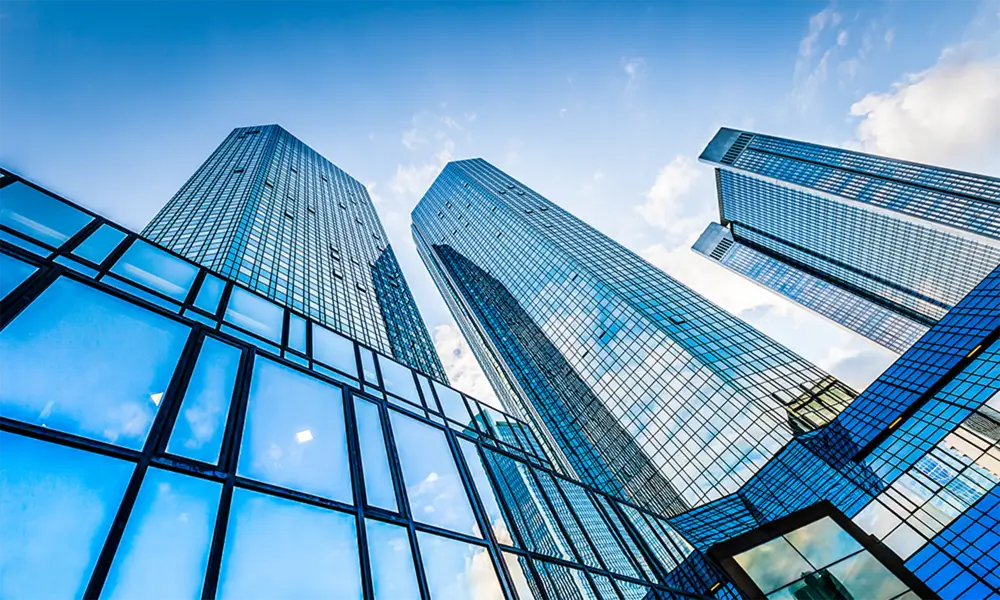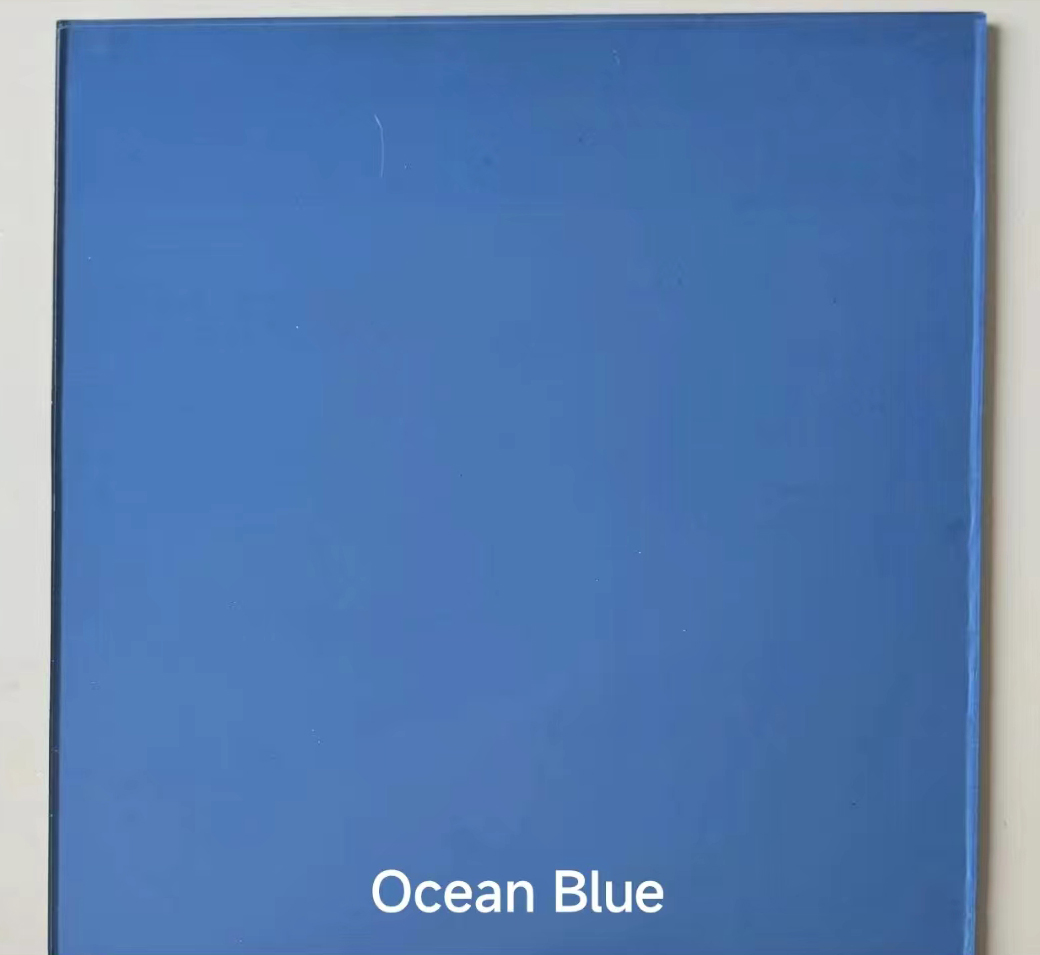When it comes to choosing materials for construction, renovation, or simple household products, tempered glass is often hailed as a superior option. Known for its strength and safety features, tempered glass is widely used across various industries, adding not only functionality but also an aesthetic edge. What sets tempered glass apart from other forms of glass, and why is it becoming the go-to choice for modern applications?

Tempered glass is crafted through a specialized heat treatment process. This process involves heating the glass to approximately 620 degrees Celsius before swiftly cooling it. This abrupt temperature change strengthens the glass, making it five to ten times more rigid than standard glass. The controlled treatment causes the outer surfaces to compress, while the interior remains under tension. This unique structural modification is key to its robustness, making tempered glass an ideal choice in environments that demand durability and safety.
One of the standout features of tempered glass is its safety mechanism. Unlike ordinary glass that shatters into sharp, jagged shards upon impact, tempered glass breaks into small, granular chunks. This reduces the likelihood of significant injury, a safety measure widely appreciated in both residential and commercial settings. Whether it’s used in shower doors, office partitions, or as covering for mobile phones, the peace of mind offered by tempered glass is unparalleled.

In the architectural space, the use of tempered glass provides not only functional benefits but also aesthetic flexibility. Architects and designers commend its clarity and modern look, enhancing building transparency and allowing natural light to permeate spaces efficiently. This feature not only promotes a greener building approach by reducing reliance on artificial lighting but also creates inviting, open spaces that resonate with contemporary design philosophies. Moreover, its ability to be cut and shaped in various forms before treatment offers creative freedom for customized applications.
The automotive industry also values tempered glass for its impressive track record in enhancing safety. Automotive windows are commonly made from this type of glass, offering resistance to wind pressure, impacts, and even vandalism attempts. Its strength minimizes the risks during accidents, safeguarding occupants by maintaining window integrity longer than conventional glass would.
glass tempered glass
In terms of electronic devices, tempered glass has become a staple in providing screen protection for smartphones and tablets. Users benefit from a robust surface that resists scratches and withstands accidental drops. Its transparency ensures that there is no compromise in screen clarity or touch sensitivity, offering an experience almost identical to using the device without a protector. Furthermore, with advancements in oleophobic coatings, tempered glass screen protectors also offer solutions against fingerprints and smudges, maintaining the device’s pristine appearance.
Though tempered glass is incredibly versatile, its installation requires professional expertise due to its post-manufacturing limitations. Once tempered, the glass cannot be cut or altered without risking shattering. Therefore, precise measurements and careful planning are essential components to ensure a perfect fit and long-term reliability.
Environmental considerations are also becoming crucial in the material selection process. In this regard,
tempered glass stands out as an eco-friendly option. Its production process is energy-efficient compared to some other materials, and being fully recyclable adds to its sustainability credentials. As industries shift towards greener practices, tempered glass offers solutions that align with these changing values.
In conclusion, tempered glass represents a harmonious blend of safety, strength, and style. Whether enhancing the aesthetic appeal of a modern building, protecting occupants in vehicles, or safeguarding digital devices, the role of tempered glass is indispensable. For those who prioritize quality, safety, and environmental responsibility, investing in tempered glass is a decision backed by both expertise and trust. As technology and design demands continue to evolve, the adaptability of tempered glass ensures its place at the forefront of innovation.



